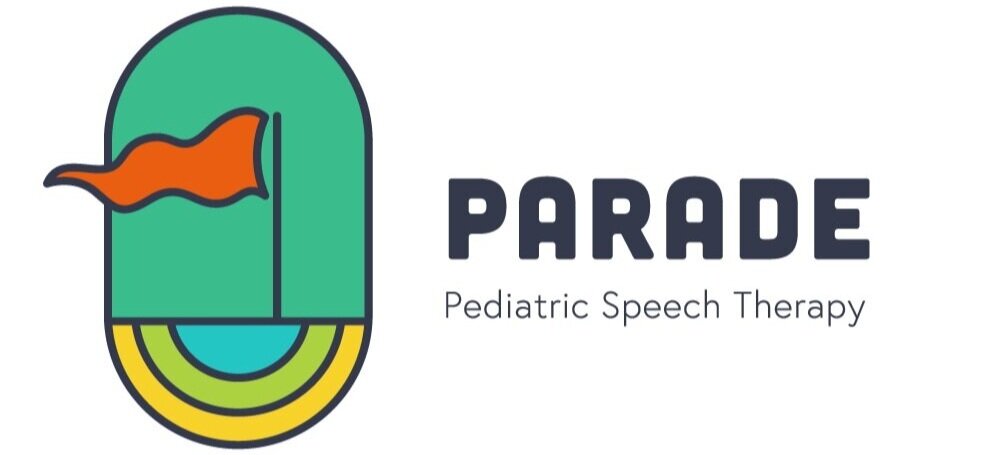How I Make The R Sound Easier To Learn
Does your child or teen struggle with the R sound? The R sound can be a very difficult sound for many children to master, and many speech therapists struggle with helping kids make the sound consistently, especially in conversation. Additionally, the R can really sound different in different dialects of English and in different regions of the country and it doesn’t always need to be worked on! I believe that deciding to work on it or not is a team decision, including the child.
Over the course of my career, I have learned many strategies to help kids with the R sound! This is one of my favorite sounds to support, both in-person and in teletherapy!
Here’s how I approach teaching the R sound to kids:
I ask the child/teen why they want to work on their R sound.
I believe that input from the client is important. Why do they want to work on it? Are they having trouble being understood by others? Understanding the client’s motivation for working on the R sound helps me understand how to support them in speech therapy.
I educate my client and their family about the different ways to make an R sound.
Some people put their tongue all the way to the back in a bunched position, called the “retracted” or “bunched” R. Some people lift their tongue tip (the end of your tongue) a bit as they move their tongue back, and this is called a “retroflex” R. One of the most important things is that your child can move their tongue independently of their jaw.
We learn about all the different types of R sounds.
When most people think of R, they probably think of the letter R, but not all the different sounds that R actually makes when it’s in a word. There’s initial R, which comes before a vowel, such as the R in “rabbit.” Then there are R blends, when R occurs alongside another consonant sound, such as BR in “bread.” There is also vocalic R, when the R sound follows a vowel. Did you know that there are six types of vocalic R sounds, which are distinct from each other? These are EAR, IRE, OR, ARE, ER, and AR. Each of these sounds is made differently due to the positioning of the tongue for the vowel that precedes the R sound.
I figure out if a child can make at least one R sound correctly and shape the rest of the R sounds from there.
If your child can say the initial R sound correctly, then we can use a strategy called “coarticulation” to facilitate a vocalic R sound. For example, if a child can say the word “red” correctly, then we use the word “red” to facilitate the “air” sound in the word “bear” by putting those words together. The child would say “bearrred,” to use the beginning R sound in “red” to help the ending R sound in “bear.”
Consistency is key!
Typically, frequent sessions are recommended when working on R and every day home practice is important. Reshaping the tongue to say the R sound correctly is hard work, and the tongue needs lots of practice to reshape this sound. I always give home exercises to do in between sessions to boost progress!
If you’re looking for a speech therapist that’s experienced with the R sound, contact me for a free consultation.

